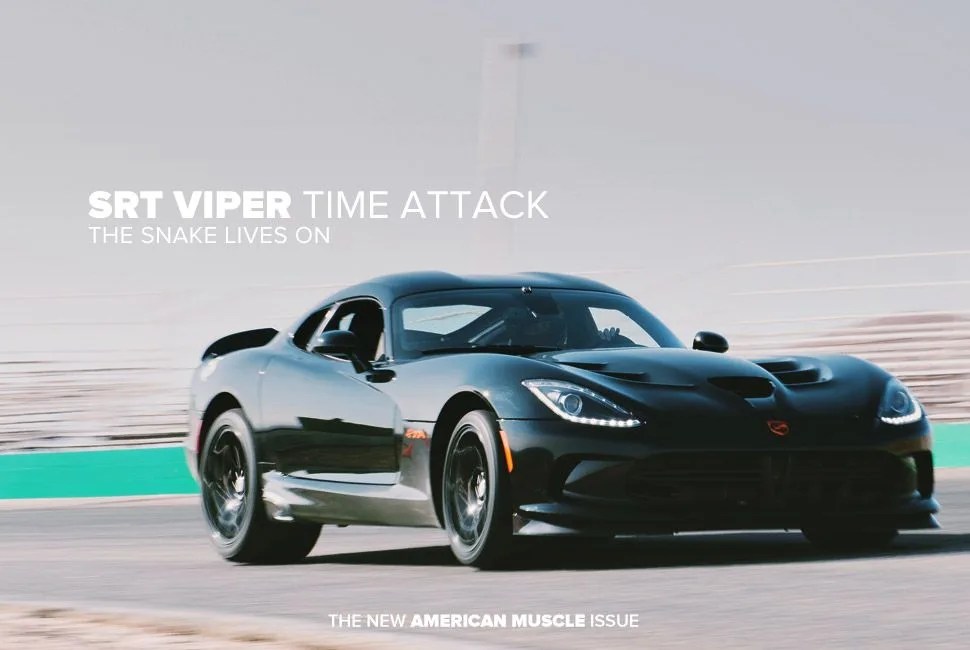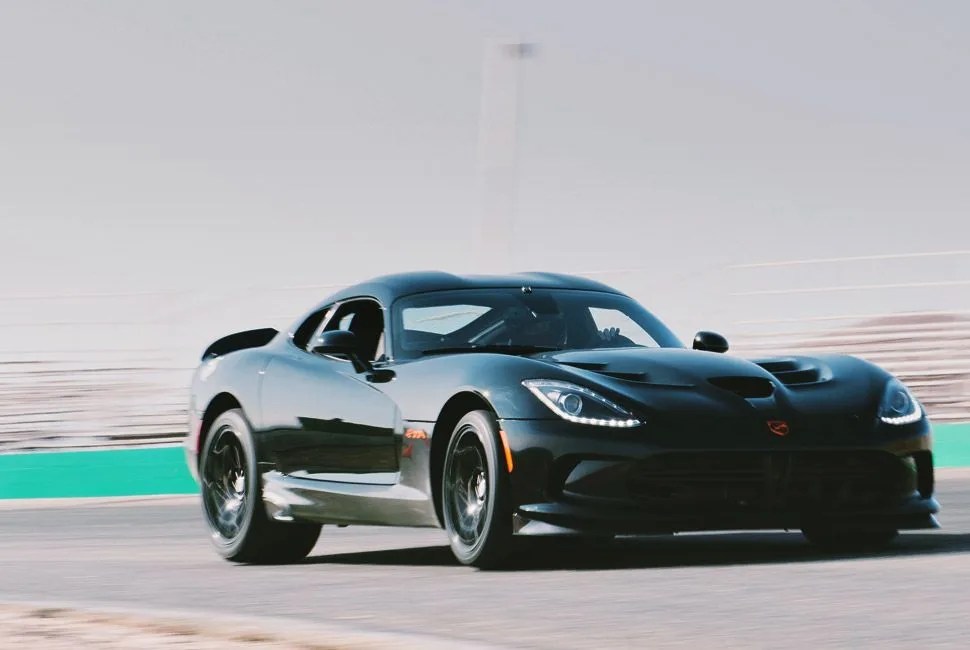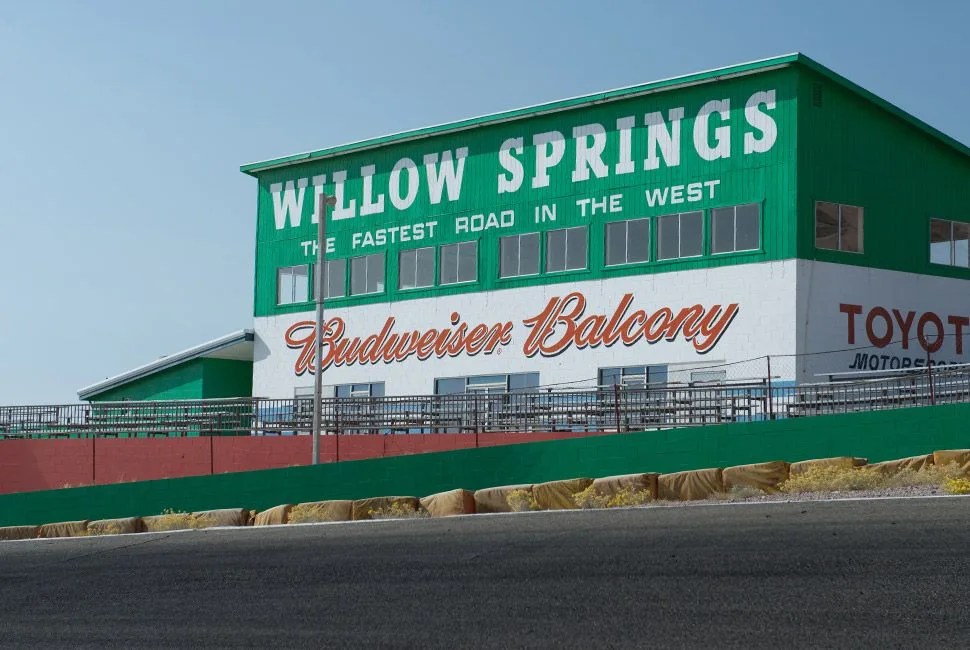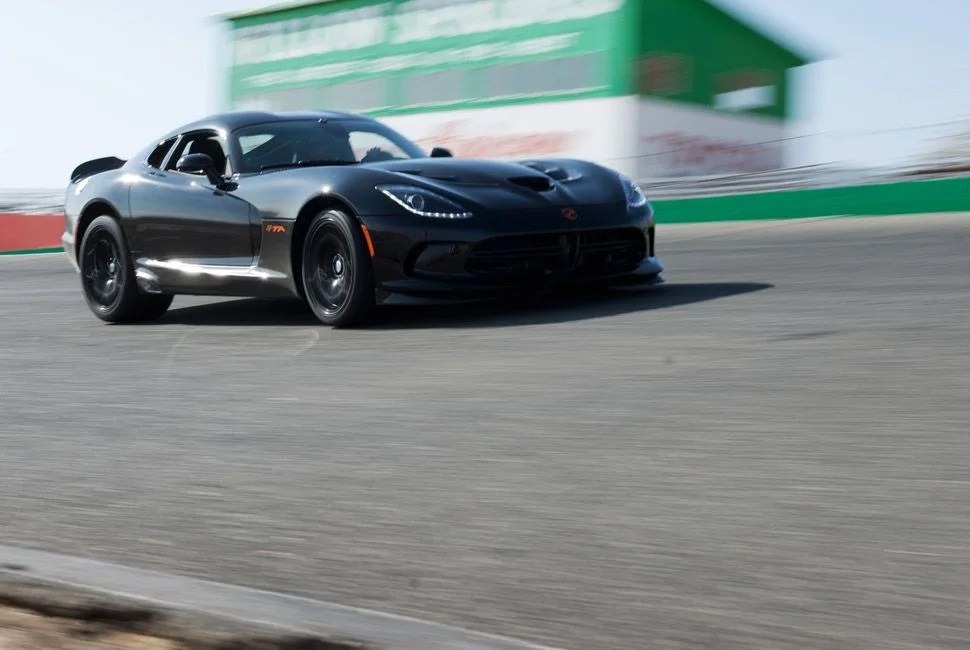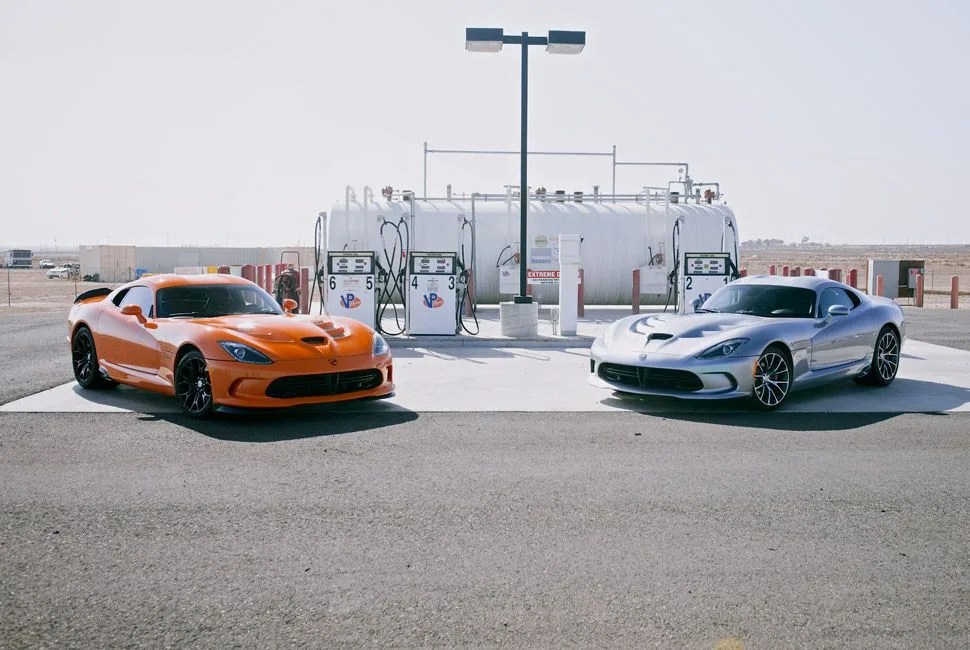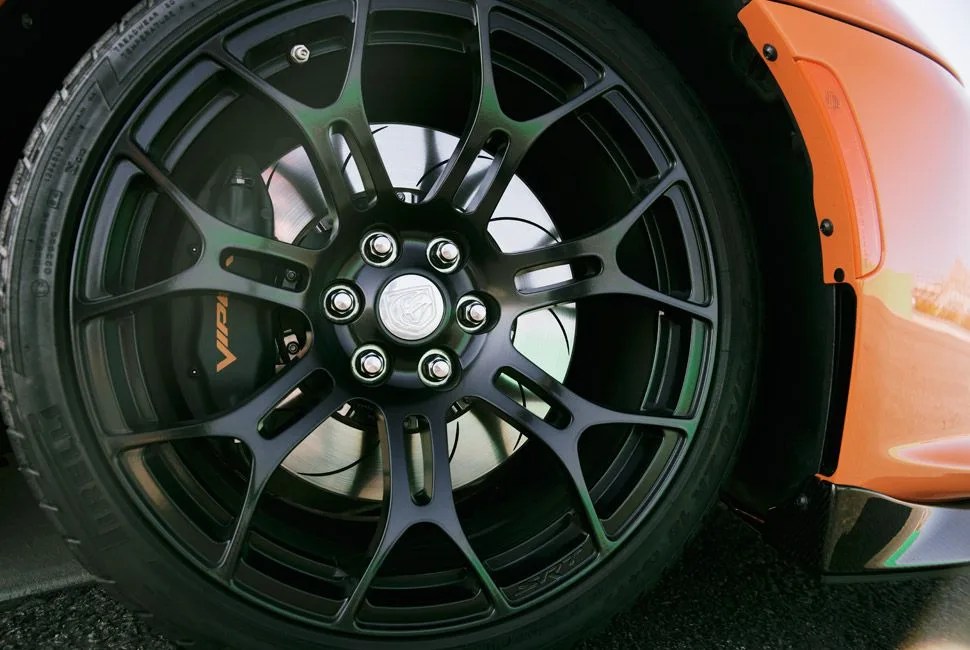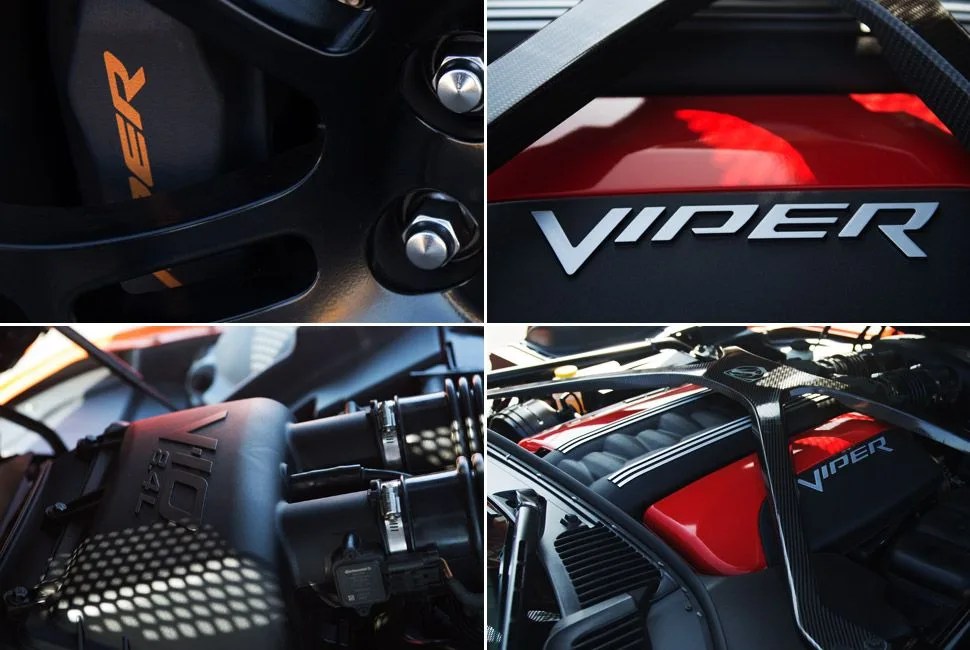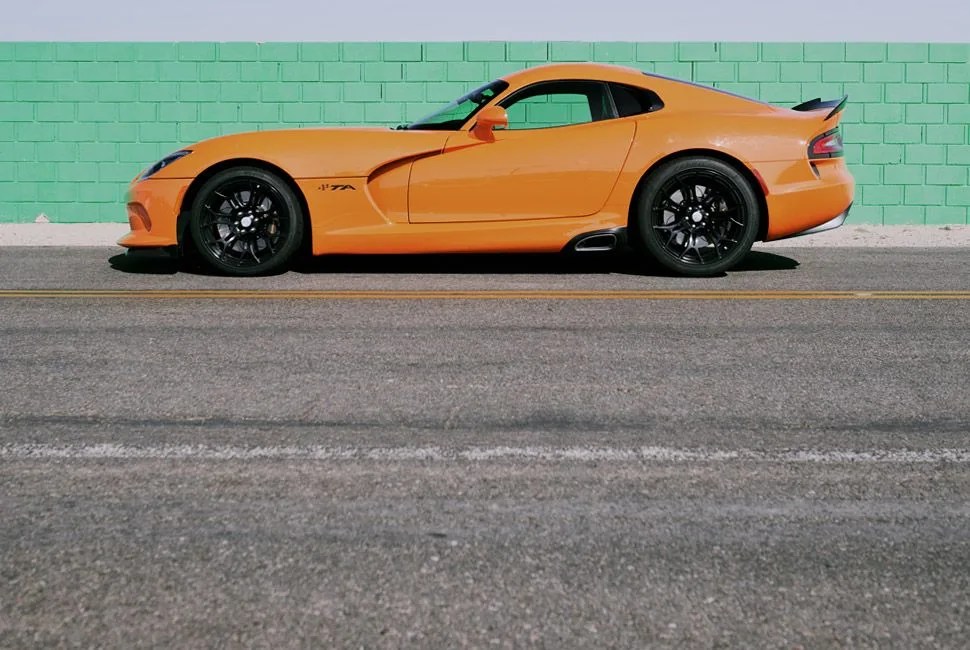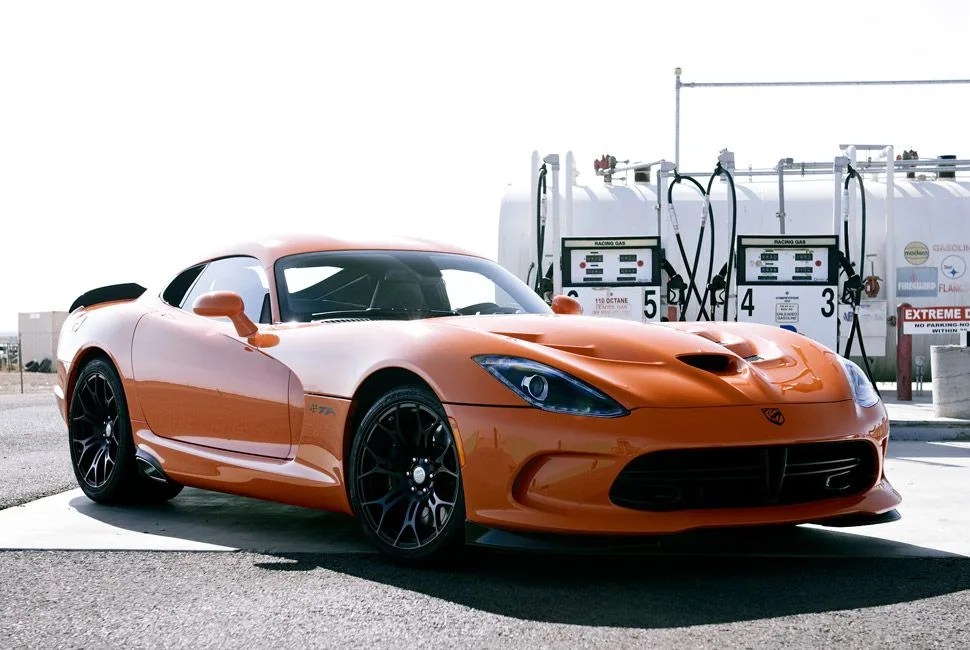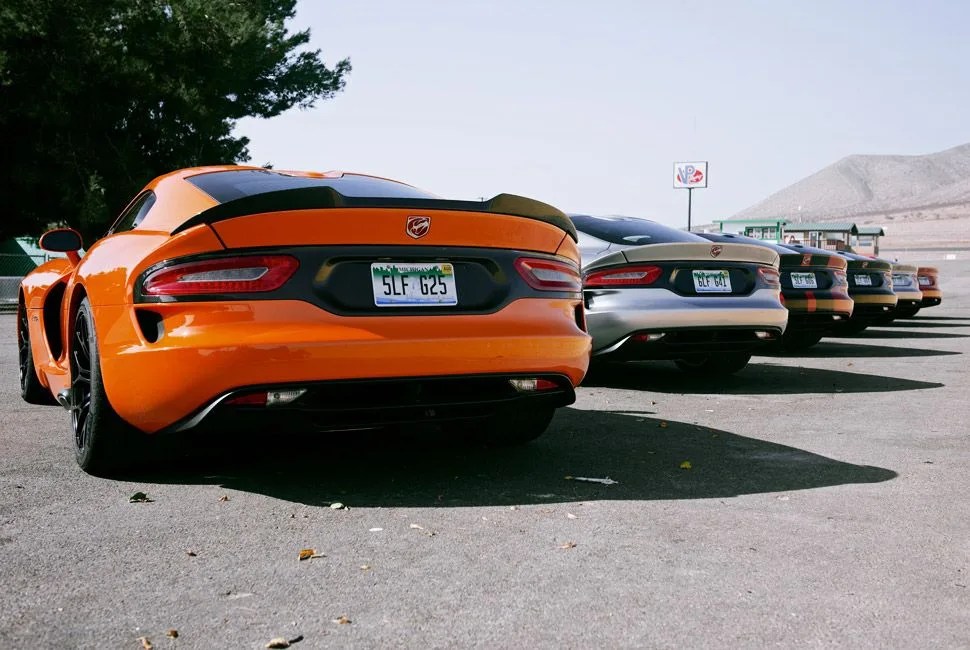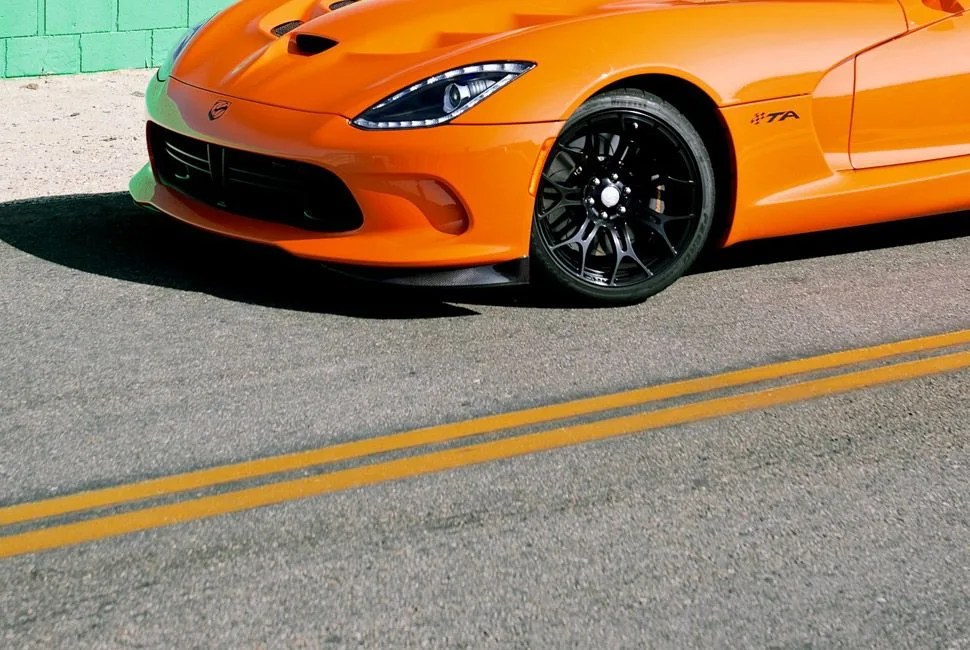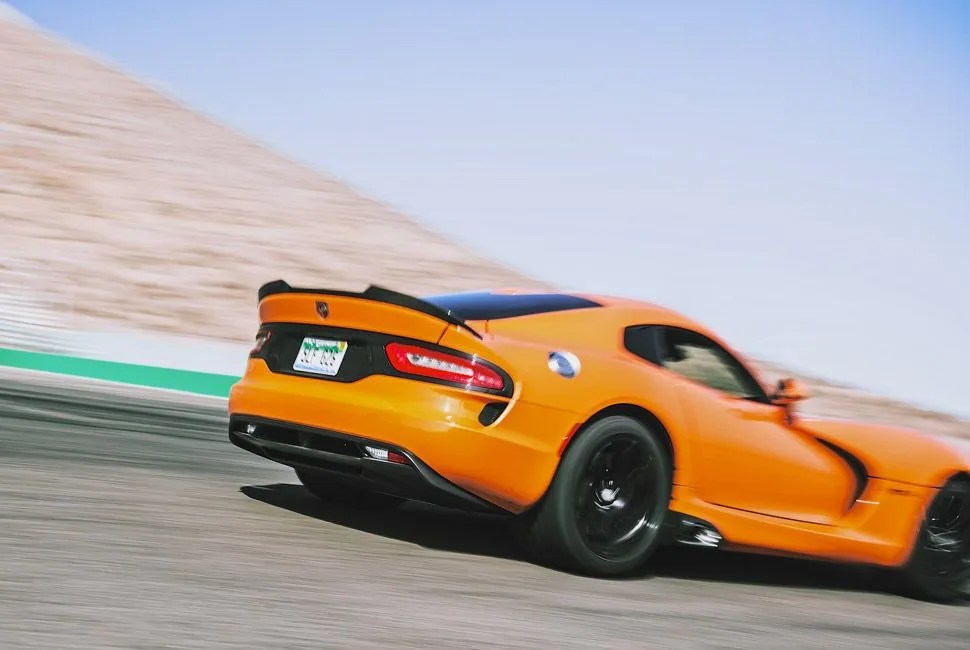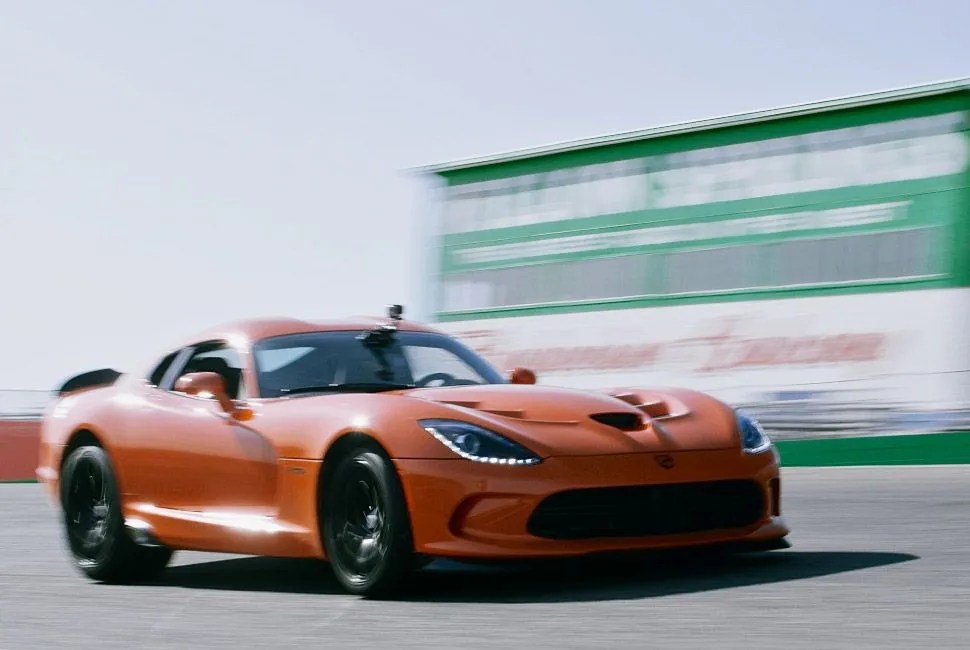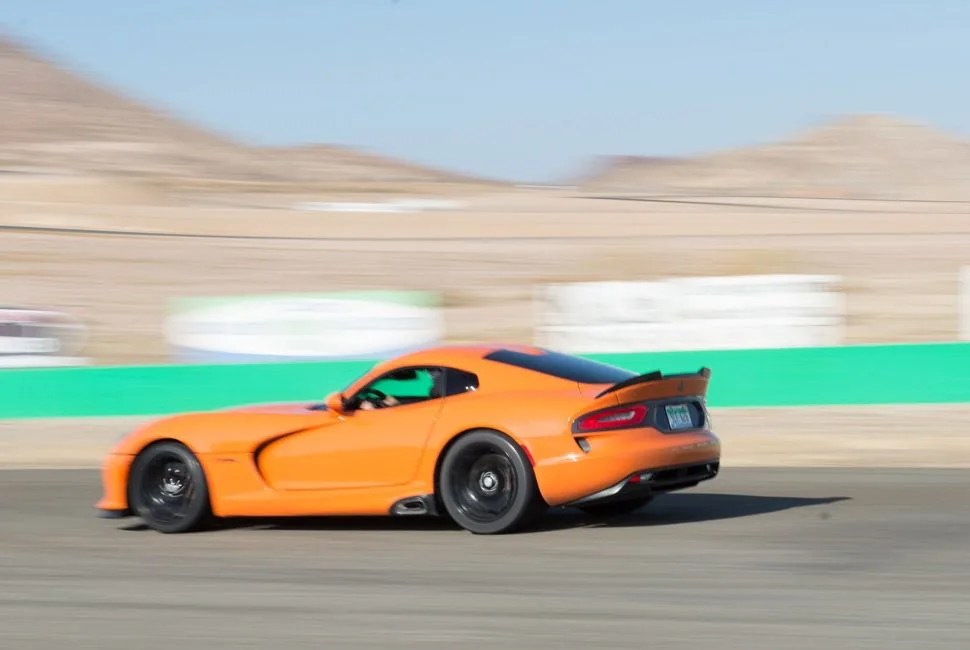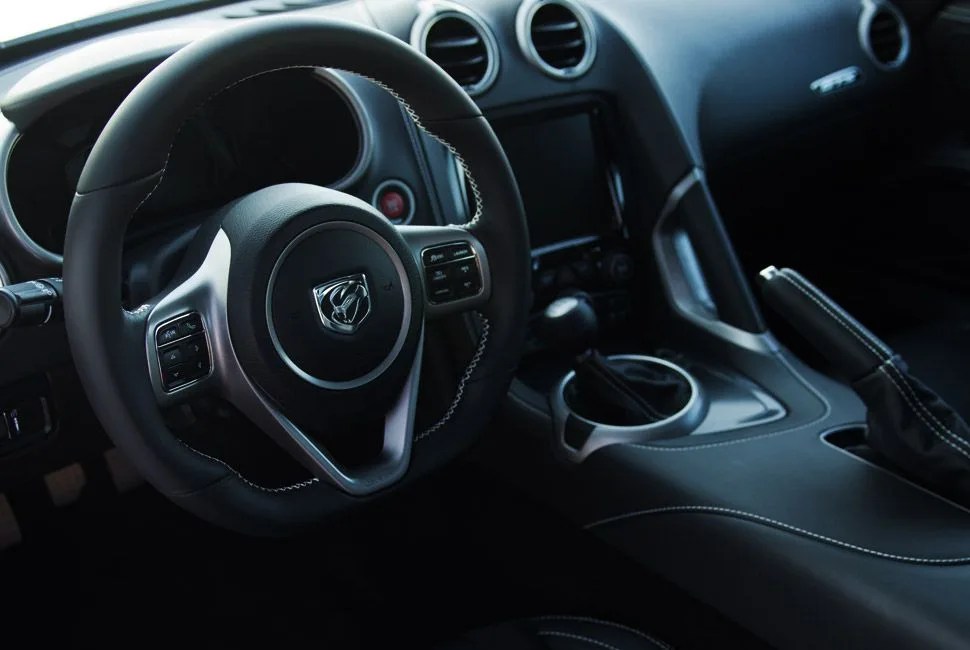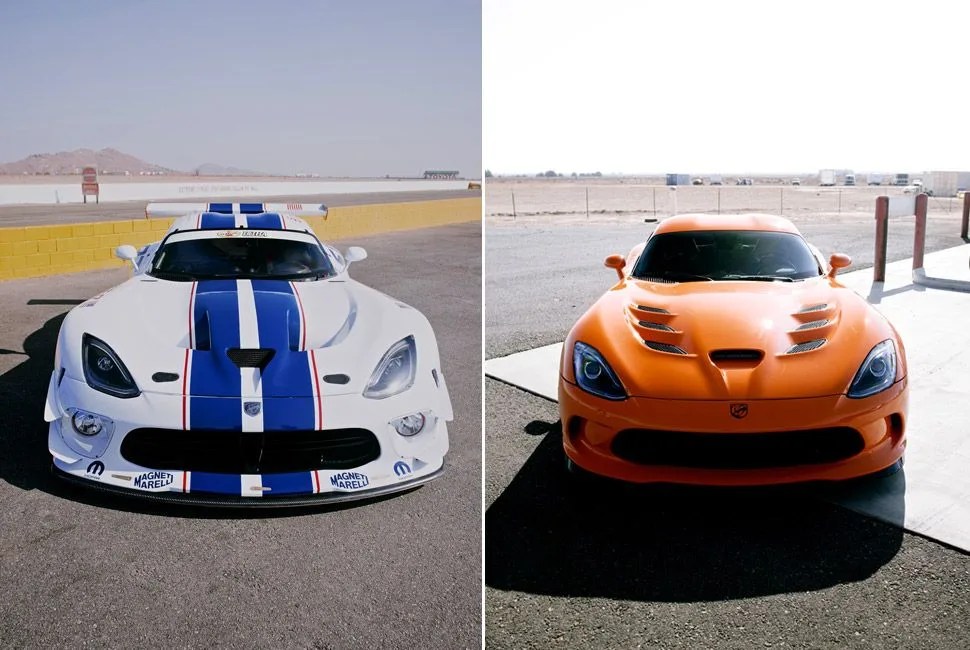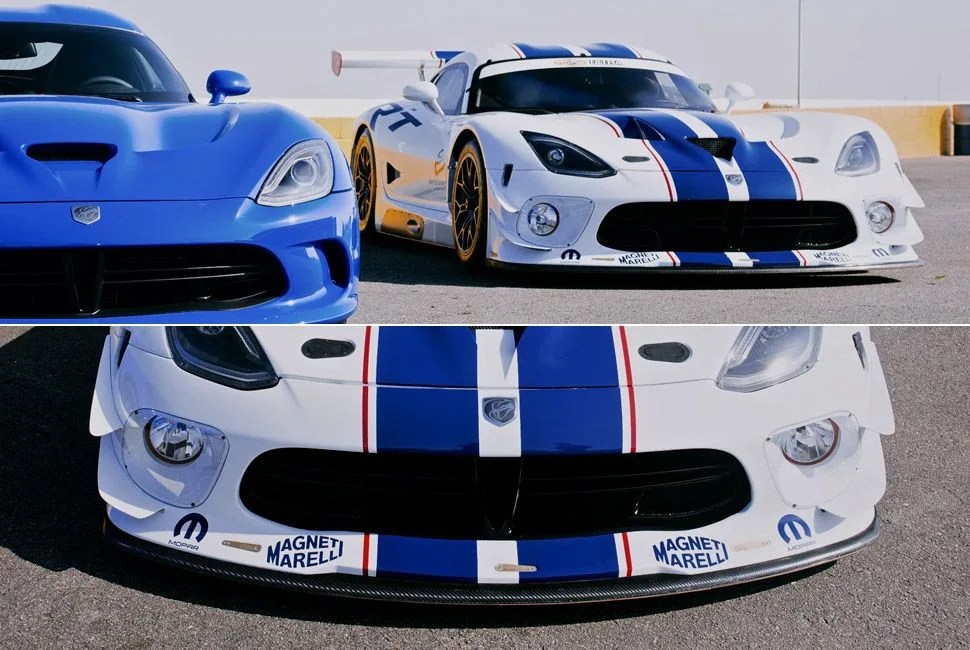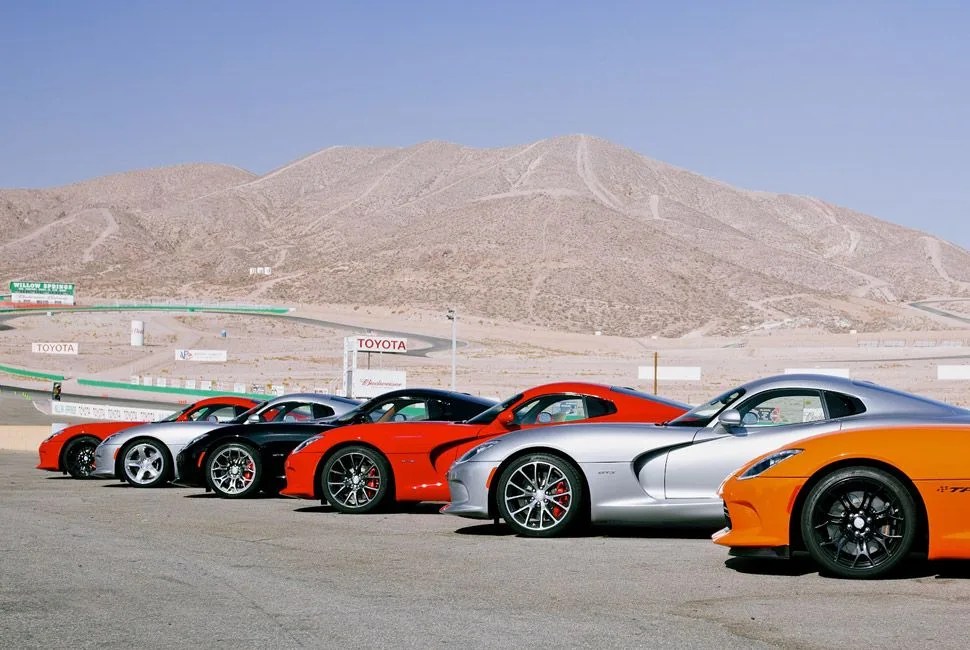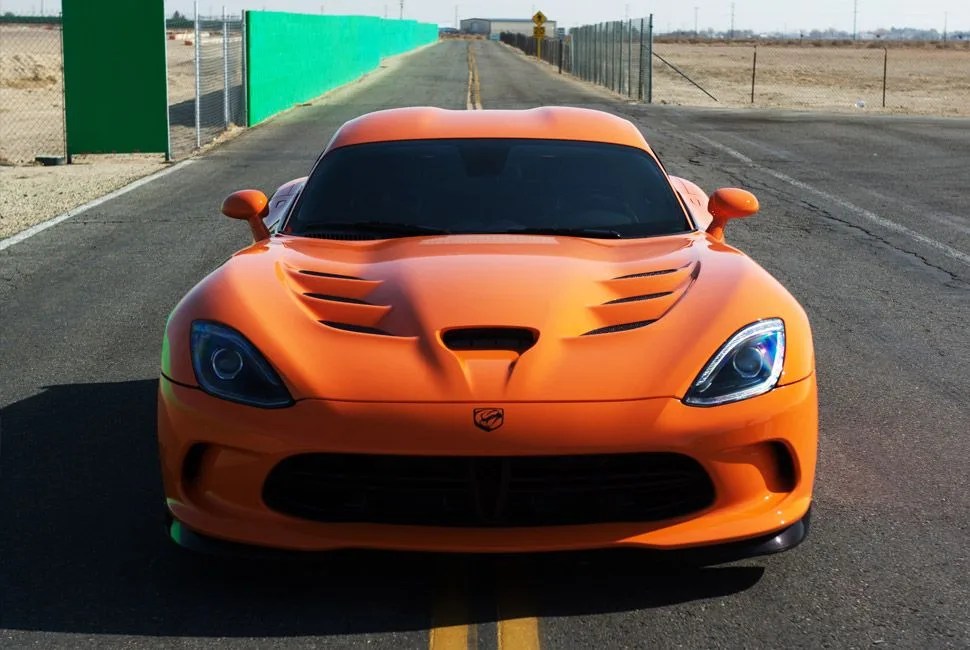21 photos
When thinking of an automotive CEO, one expects a suit topped with a lot of gray hair, moved along with the help of a tidy personal chauffeur in the brand’s finest flagship sedan. Not so with Ralph Gilles of SRT. The man wears a baseball cap and jeans, is remarkably affable, and helms his own supercar creations at the track. He’s passionate and proud of his vehicles, and his latest, the new SRT Viper Time Attack ($123,080) is more deserving of those dotings than any other. This is no “base” version — it’s an impressive track edition of a true American sports car that’s no longer the unhinged, unrefined, chopped-top V10 monster that took to the streets and scared respectable citizens way back in 1999 in the form of the SRT10.
The new generation of Viper is better than its predecessor in every way, and it still conveys the raw beastliness that makes the Viper so unique in the automotive market today. It’s no surprise that Gilles wants the world to know what the new Viper is all about, and an opportunity to let out the track toy (can you really call a Viper a “toy”?) at Willow Springs International Raceway in Rosamond, CA gave us the full experience at the wheel.

American supercars are a rare breed. The ‘Vette and the Viper stand alone on the homegrown supercar tarmac despite impressive performances by the special edition pony cars (Mustang GT500, Camaro ZL1). There’ve been five generations of the fanged wonder over the past twenty years, but we wouldn’t quite call it a classic just yet; if SRT (Street & Racing Technology) has their way and the car continues on in its easily recognizable shape, though, that will likely change. The first four generations of the Viper could easily kill you if you (1) had no clue what you were doing; (2) wrote driving skills checks you couldn’t possibly cash; or (3) thought you were behind the wheel of a tameable car. In the Viper’s fifth generation, sophistication has been upped actually included. Of course, the car continues to instill a healthy amount of sweaty fear.
Even the base new Viper manages to look far more aggressive than the last car, bringing back much missed lines from the original GTS that the fourth-gen car had lost. The TA, meanwhile, has been built for the Viper owner who wants to race. (Okay, so it’s no Viper ACR, but it’s still spectacular.) In Time Attack Orange the TA is a stunner. The blackish carbon fiber bits, including the tall rear lip spoiler and front splitter along with the massive matte black wheels, make for a perfect contrast against the bright orange hue. The Viper is still big and boisterous, but that’s not to say the whole exterior isn’t tasteful. Between the wide-mouthed grille, the simple LED headlights, the hood scoop and vents, the twin-bubble roof, and the deeply scalloped doors, it’s an unequivocally sexy car that’s just as much show as it is go.
The interior of the new Viper, just like the new ‘Vette’s, is no longer a source of shame. Though we would never call it bespoke, the layout is simple and well designed. Seating is snug, but the position is excellent; contort your way past the deep door sills and you’re ready to move. The clutch and six-speed manual transmission are properly firm but not overly so, and you can shift hard, fast and with confidence. The ability to rope through your own gears with a proper stick and clutch is a godsend. We love that kind of thinking, which proves that the enthusiast’s voice still resonates within the halls of SRT.

